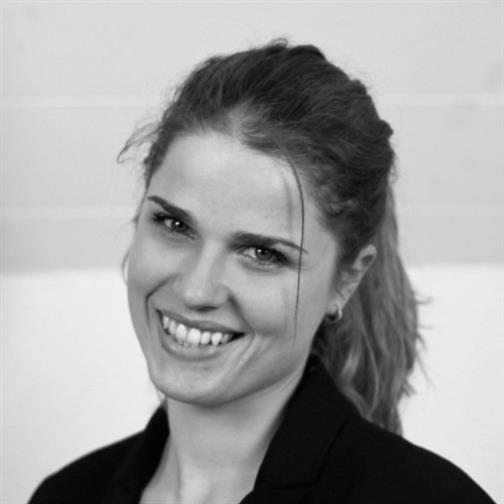Organizations search for a magical way to achieve creating new products, technologies, services, and spaces that people love and overcoming complex business, technological, and social problems with new ideas, processes, and business models.
This requires a new way of thinking in this age of complexity and uncertainty with many unknowns. Design thinking has become the most distinctive way to achieve innovation in this setup. Design Thinking is a systematic, human-centered approach to solving complex problems within all aspects of life. The approach goes far beyond traditional concerns such as shape and layout. And unlike traditional scientific and engineering approaches, which address a task from the view of technical solvability, user needs and requirements as well as user-oriented invention are central to the process. This approach calls for continuous feedback between the developer of a solution and the target users.
Innovation and effective problem-solving combine three essential components: technical feasibility, economic viability and profitability and human desirability.
The Idea Solves the Problem: The focus with desirability is on people, and any innovation is geared towards people’s needs, problems, and goals.
Only after truly understanding the problem at hand and developing an adequate solution, do the other two criteria enter the stage.
The Idea is Feasible: Feasibility of the idea is the second criterion: How can we implement our idea? Is its implementation technically possible nowadays?
The Idea is Marketable: Is there a market for the idea? Is the idea financially worthwhile?
The idea has to fulfill all three criteria in order to possibly turn into successful innovation. This easy model is the basis of Design Thinking.
Design Thinking was developed by David Kelley, Stanford professor and founder of the renowned design agency IDEO in Silicon Valley, and is strongly influenced by Professors Terry Winograd and Larry Leifer at the d.school at Stanford University.
Since 2007, Design Thinking has been successfully applied and further developed at the HPI School of Design Thinking in Potsdam, and made available to companies and professionals through the HPI Academy.
The collaborative interaction between these three factors make Design Thinking successful: 1. multi-disciplinary and decision-capable teams, 2. workflow that follows the DT process, 3. flexible workspace for collaborative work.
Multidiscipilnary Teams: Innovations and answers to complex questions are best generated in a heterogeneous team. Teams constantly strive toward achieving tangible and concrete results. These are then regularly exchanged with other teams to maximize the learning effect. Splitting up into small groups ensures that every perspective is given the proper consideration. A strong cohesion develops within the teams with a lasting effect, due to the high acceptance for the resulting concepts.
Variable Space: A team needs optimal spatial conditions so that it can develop its creative process. These include flexible, movable furniture, adequate space for whiteboards and presentation surfaces as well as materials for prototyping design ideas, such as Lego bricks, fabrics and images. Design Thinking teams work standing up in spaces designed for up to six people. Participants are thus able to easily interact with other teams working in parallel. This collaborative work becoming a dynamic experience for everyone involved.

